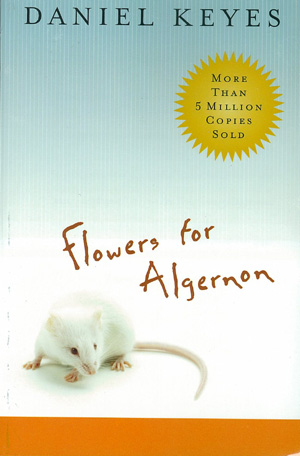 This week I thought I'd treat myself to something a little more visual than the wonderful, but sometimes impenetrable, Infinite Jest. And if I'm to quote a passage this week...it shall be one I respect.
This week I thought I'd treat myself to something a little more visual than the wonderful, but sometimes impenetrable, Infinite Jest. And if I'm to quote a passage this week...it shall be one I respect.Of course, this week I'll be giving a media source for the seminal graphic novel written by Alan Moore and given visuals by Dave Gibbons: Watchmen. In the modern literary discussion, graphic novels have a prominent and interesting place. My ENGL 300/Literary Theory and Criticism course at Towson University used a reading list comprised entirely of graphic novels, including Art Spiegelman's MAUS and Marjane Satrapi's Persepolis. One can only assume (and in my nerdy case, hope) that these novels find their way into Advanced Placement classrooms across the nation. Watchmen is an especially challenging read for comics experts and newcomers alike. The story takes place across the entire twentieth century, while also interweaving different forms of prose (the full text is littered with news clippings and journal entries), such as the subject of this passage: an excerpt from an autobiography of a fictional superhero. Hollis Wadsworth Mason Jr., the first Nite-Owl of the novel, reflects on his youth in the following passage:
"The saddest thing I can think of is 'The Ride of the Valkyries.' Every time I hear it I get depressed and start wondering about the lot of humanity and the unfairness of life and all those other things that you think about at three in the morning when your digestion won't let you sleep. Now, I realize that nobody else on the planet has to brush away a tear when they hear that particular stirring refrain, but that's because they don't know about Moe Vernon."
The supplements between the traditional graphic novel chapters of the book may help to teach students reading strategies and skills further down the line. When I first read Watchmen, I was twelve and being forced to read in the margins to get the most out of the story, such as the tragic and quiet backstory of Hollis Mason, gave me a valuable skill for reading textbooks later on in college and graduate school. In today's ever-changing technological education landscape, differentiation in story delivery cannot be underestimated.
Below is a video by musician Franz Nicolay, detailing the motivations of Hollis Mason. The song, titled "The Ballad Of...", was recorded as part of the Bushwick Book Club, an incredibly interesting songwriting collective operating in Manhattan. Every month, the concert collective is instructed to read a novel (great installments have included Toni Morrison's Beloved and Kurt Vonnegut's The Sirens of Titan). Then, independent musicians are invited to perform songs based on the work.



